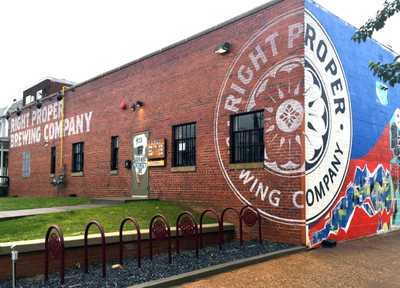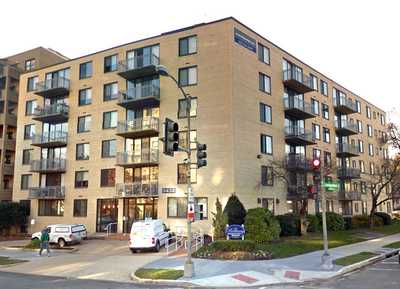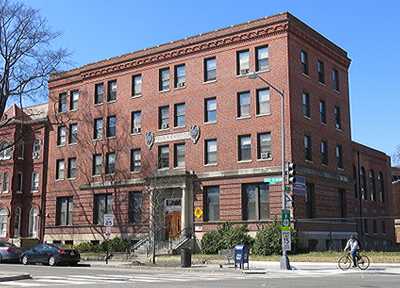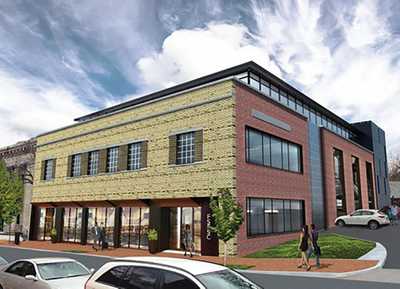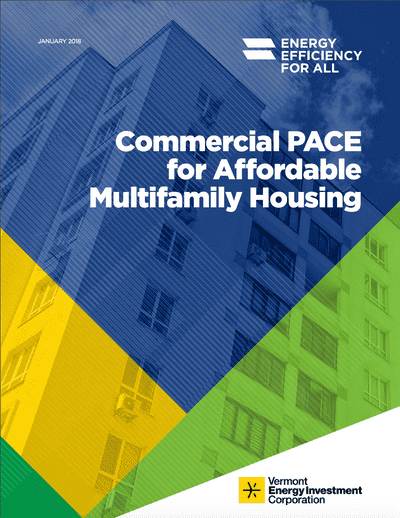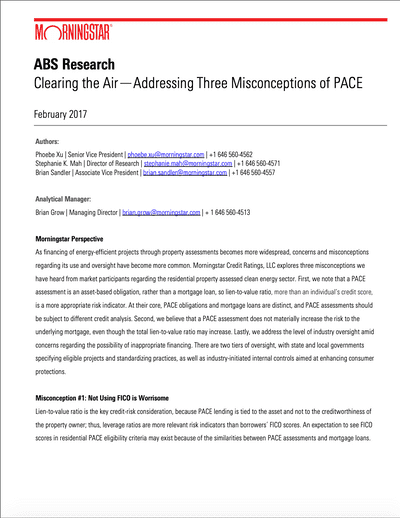PACE provides long-term financing for qualifying construction and renovations that improve the environmental footprint of property to save you money on utility bills with no money down. You repay funds to private lenders as a semi-annual voluntary tax, the first voluntary property tax assessment in the U.S. By using voluntary property taxes to repay funds, you and other small businesses get access to the same financing terms that large corporations benefit from, ensuring that your projects produce positive cash flow in year 1. This frees you up to spend your capital on other investment opportunities, such as opening that next location or hiring more staff.
